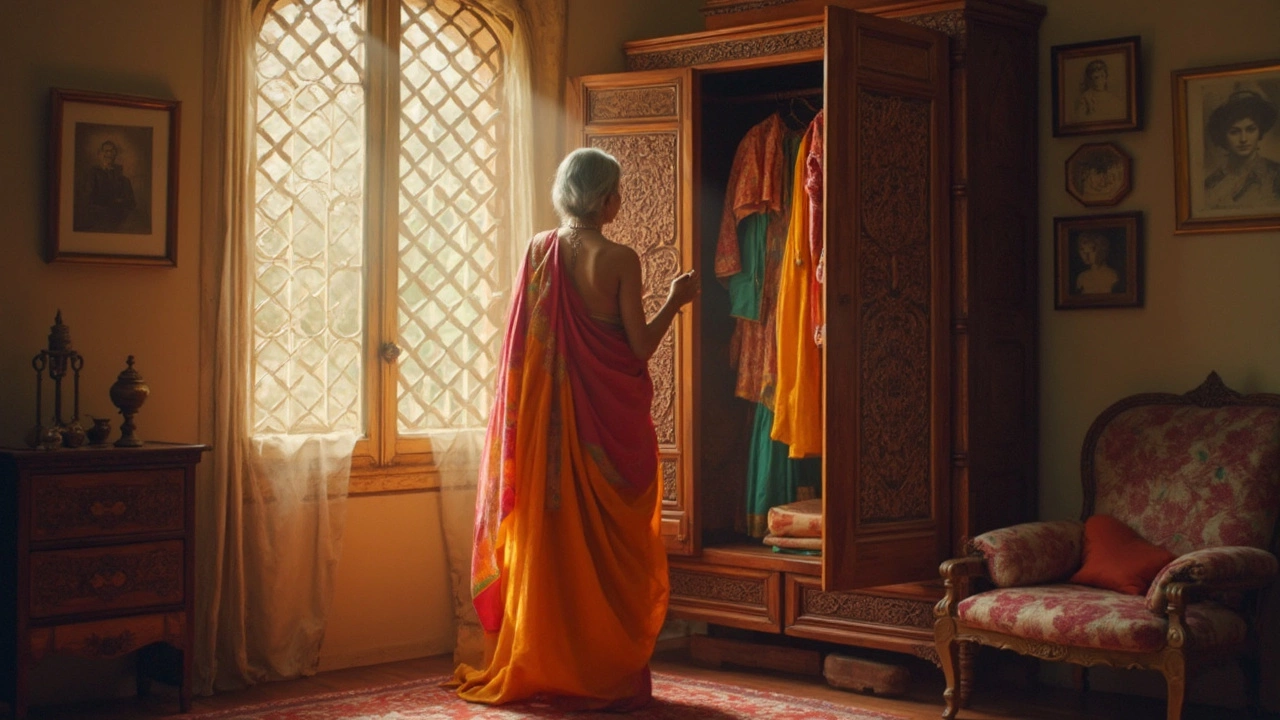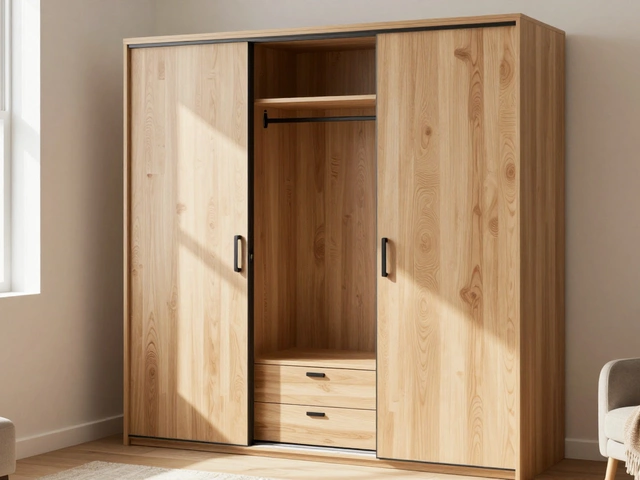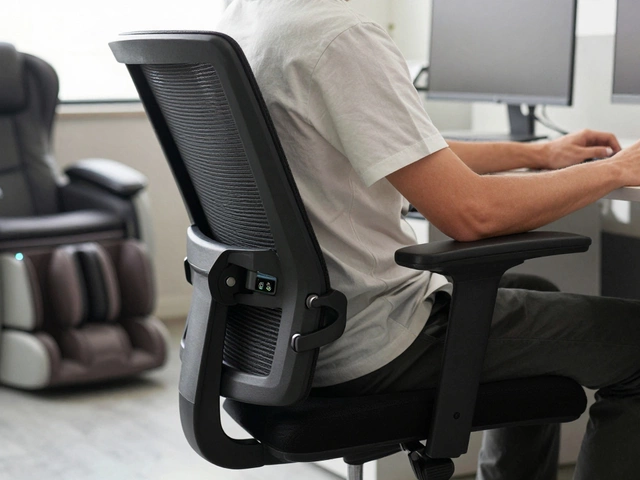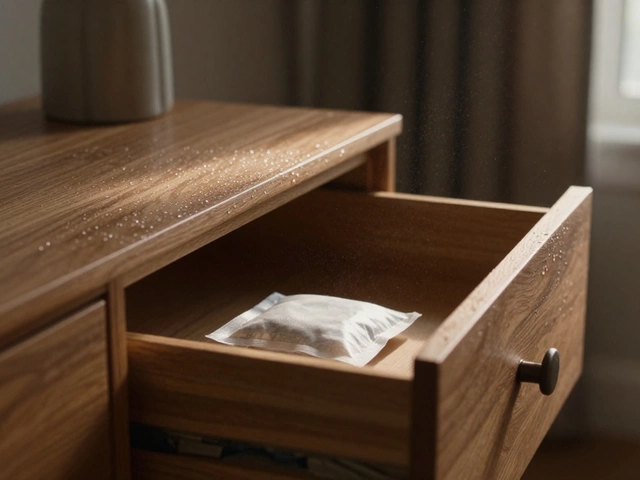Old Closets: Refresh, Organize & Maximize Space
Got an old closet that’s more eyesore than asset? You’re not alone. Most homes have at least one forgotten wardrobe that’s taking up space and gathering dust. The good news? With a few simple steps you can turn that relic into a functional, good‑looking storage solution.
First, pull everything out. Yes, the whole thing. This gives you a clear view of what you actually own and helps you decide what stays, what goes, and what needs a new home. Sort items into three piles: keep, donate/sell, and toss. Anything you haven’t used in a year probably belongs in the donate pile.
Smart Layout Changes
Once the closet is empty, measure the interior – height, width, and depth. Knowing the exact dimensions lets you choose the right shelving or hanging systems. If the closet is tall but narrow, floor‑to‑ceiling shelves maximize vertical space without crowding you. For wider closets, add a double‑hang rod: one rod high for shirts, another lower for pants.
Don’t forget the floor. Add a low shoe rack or a set of stackable bins to keep boots and bags off the ground. Plastic bins with clear lids work great for seasonal items; you can slide them under the hanging rod for out‑of‑sight storage.
Style Up the Space
A fresh coat of paint does wonders. Light neutrals brighten cramped closets, while a bold accent can turn a boring closet into a statement piece. If painting isn’t your thing, consider wallpaper panels or even fabric liners for a quick visual lift.
Lighting is another game‑changer. Battery‑powered LED strips that stick to the wall are cheap and easy. They make it easier to find items and give the closet a polished look.
Finally, add personality with accessories. Pull‑out baskets, velvet hangers, and decorative knobs can make the space feel curated rather than cluttered.
By treating an old closet as a project rather than a problem, you’ll free up room in your home and keep your belongings organized. Ready to give that outdated closet a makeover? Grab a trash bag, a measuring tape, and start clearing out. You’ll be amazed at how much more usable that space becomes.
What Are Old Closets Called? A Guide to Naming and Spotting Vintage Wardrobes
Ever wondered what old closets are called or why your grandma's wardrobe looks so different from the ones in stores today? This article digs into the names, designs, and history behind vintage wardrobes, including tips for spotting genuine antiques. You'll learn why words like 'armoire' and 'chifforobe' are more than just fancy labels. We'll also cover how to tell if a piece is truly old, and what makes these closets unique. Get practical advice for buying, restoring, or just appreciating these timeless pieces.





